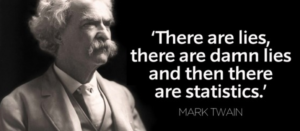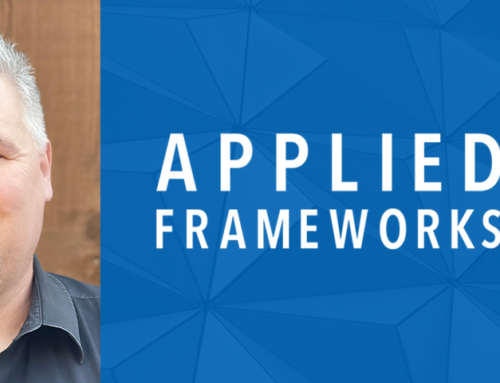It’s been a long year.
Although we’ve all had a little extra reading time, you might have missed a few of our most popular Agile essays. So here they are, in ascending order of page views, for your reading pleasure…
10. Scrum Guide 2020 Update
Even though the Scrum Guide update was just published in November, this blog’s popularity puts it at number ten on our list. In it, Jason Tanner succinctly gives you the key changes in the updated Scrum Guide, what they mean for your organization, and how to take advantage of the evolving framework.
9. How to Run an Effective Sprint Review

Sprint reviews can be dull affairs with little useful output. Instead of focusing solely on the outcome, we recommend creating an environment focused on collaboration — and saving some time for celebration! This blog provides some suggestions on how to do that.
8. User Story Examples: Getting the Requirements Right
The difficulty facing many Agile teams today is determining what, exactly, is a user story. Here, we give you a few examples with helpful questions you can ask yourself to improve your own user stories.
7. Remote PI Planning: Techniques that Work
This short blog is the introduction to two webinars we hosted this year on remote PI Planning, especially relevant in light of the shift to work at home this year. Those webinars are now online for you to check out and the links are in the blog. The first webinar is geared toward product managers and Product Owners. The second is for Scrum Masters and RTEs.
6. How to Make a Product Playbook
This well-received blog turned out to be the springboard for our continuing, in-depth series on the Product Playbook. That series currently has four parts (with more to come):
Part 1: Product Playbook: Why You Need One
Part 2: How to Build a Product Roadmap
Part 3: How to Build a Customer Journey Map
Part 4: Supercharge Your Product Roadmap with an Opportunity Backlog
5. Understanding Competitive Battle Cards
A competitive battle card is a summary of the critical information you’ve learned about a competitor, fit on a single page. In this blog you can find out what goes into one, and get a downloadable battlecard template. Note: We’re going to be publishing a follow up refresh on battlecards shortly. If you follow us on Linkedin, Twitter and/or Facebook we can let you know when that happens.
4. Examples of Scrum Case Studies
First published in 2012, we updated this popular blog in October 2020 and it now has over 15 examples of Scrum case studies. Each case study includes a link to the original source, all of which are available without having to register or pay to read.
3. Tips for Taking the Scrum Master Exam
The Scrum Alliance® requires Scrum Masters to pass an exam before they can receive their Certified ScrumMaster® certificate. We provide some tips and hints on taking the exam, and include a link to our own CSM Practice Exam, based on the most recent materials and written by actual Certified Scrum Trainers®.
2. User Stories: Making the Vertical Slice
Vertical Story Slicing is a challenging and intimidating concept. In Kim Poremski’s leading blog on the topic, gain an understanding of story structure and how to more effectively slice stories to maximize value. Includes a link to Kim’s webinar on the subject from September 2020.
Which leads us to our number 1 blog of 2020…
1. Agile Metrics: 4 Balanced KPIs to Measure Success
Our top blog of 2020 provides a breakdown of the only four metrics Agile teams need to succeed:
- Cycle Time to measure productivity,
- Escaped Defect Rate to track quality,
- Planned-to-Done Ratio to measure Predictability,
- and Happiness Metric to track stability.
The essay includes examples of each and an Agile Metric template spreadsheet you can download, plus a Team Availability worksheet too.
Looking Forward to 2021
Thanks to our blog audience of 2020! We’re looking forward to 2021, when we’ll continue to publish new blogs and host webinars on relevant Scrum and Agile topics. Follow us on Linkedin, Twitter and/or Facebook to hear about them. And don’t forget about our blog library and Resources page, containing downloadable frameworks and links to previous webinars.
Of course, if you’d like even more assistance in implementing Scrum and Agile at your organization, or sustaining your Agile Adoption, contact us to discuss your questions or problems with one of our experts.








